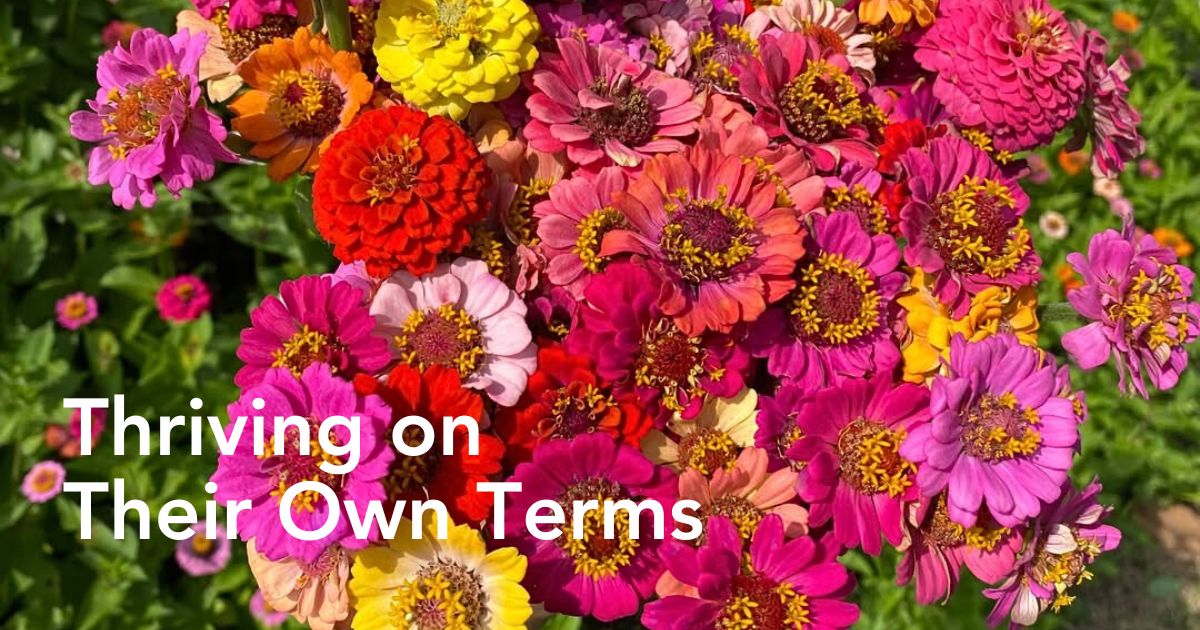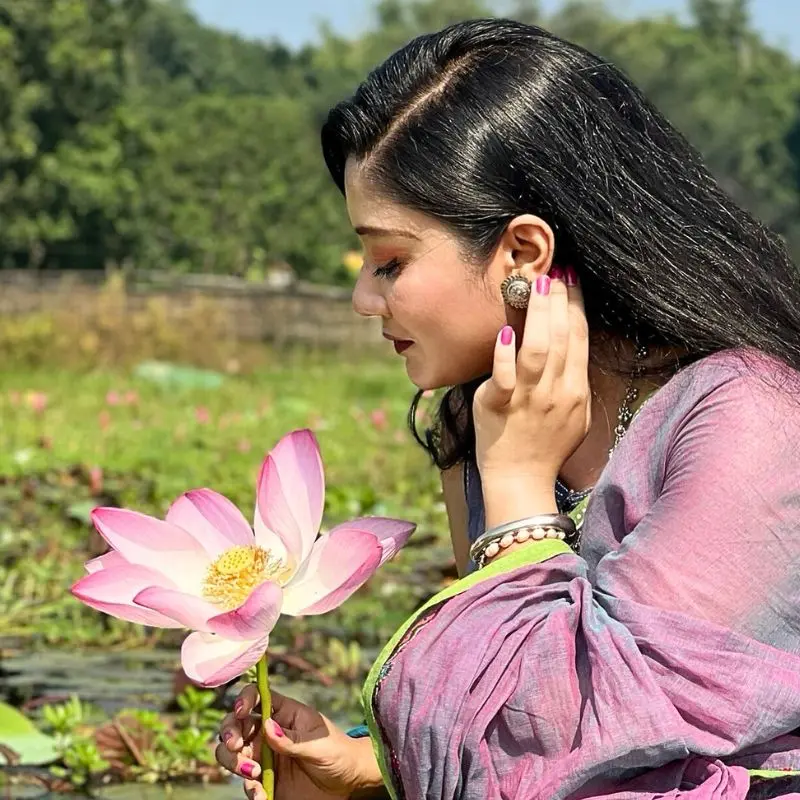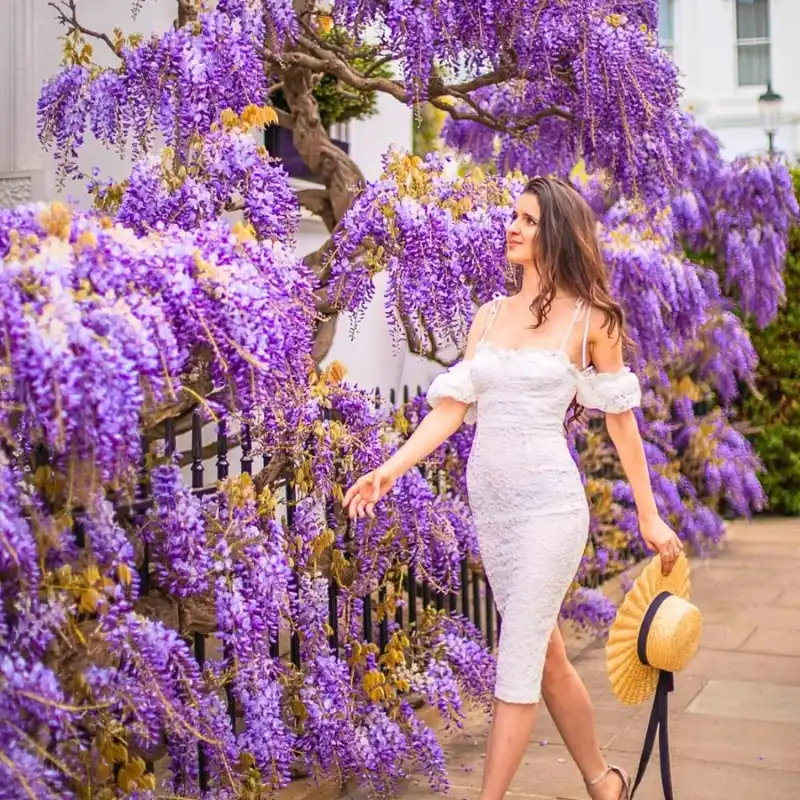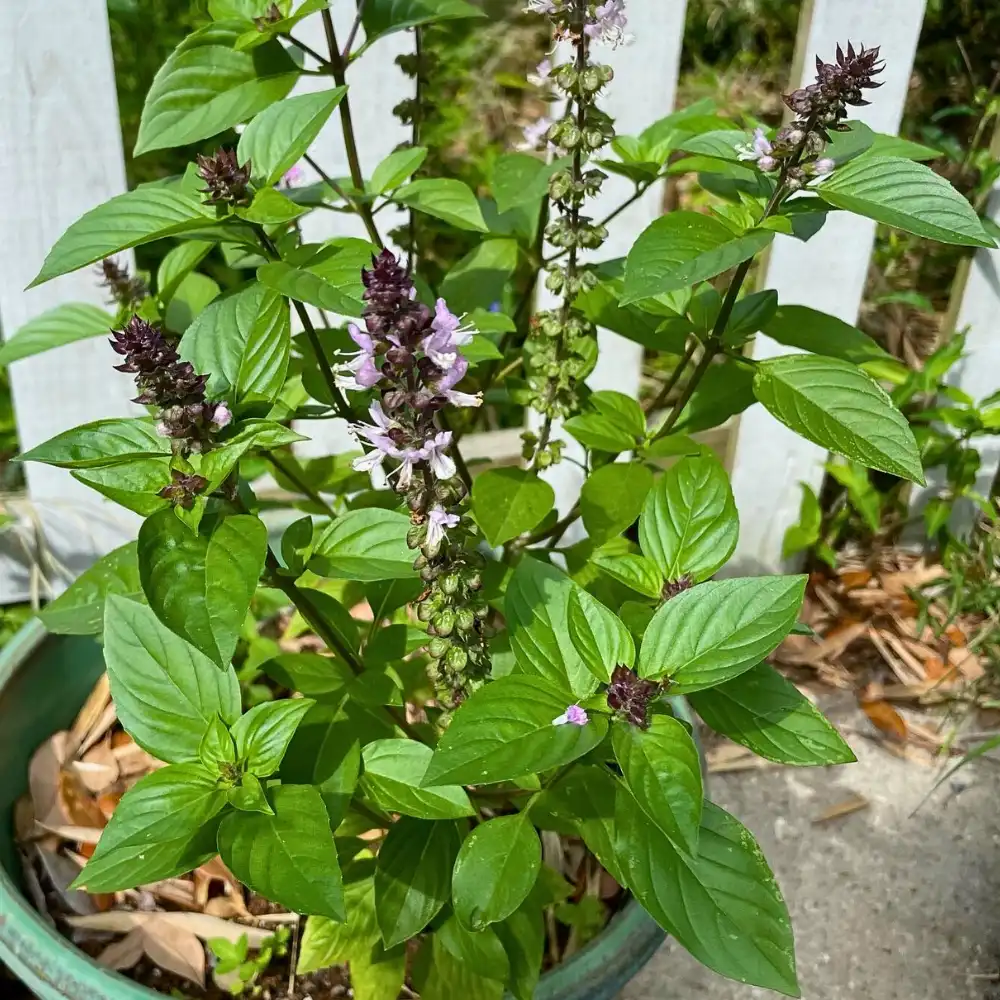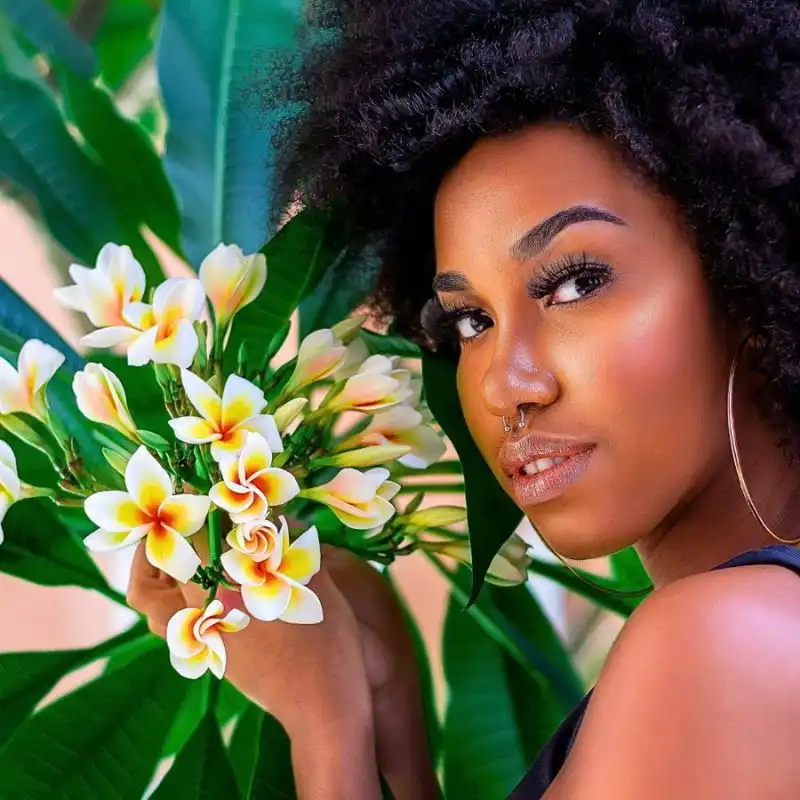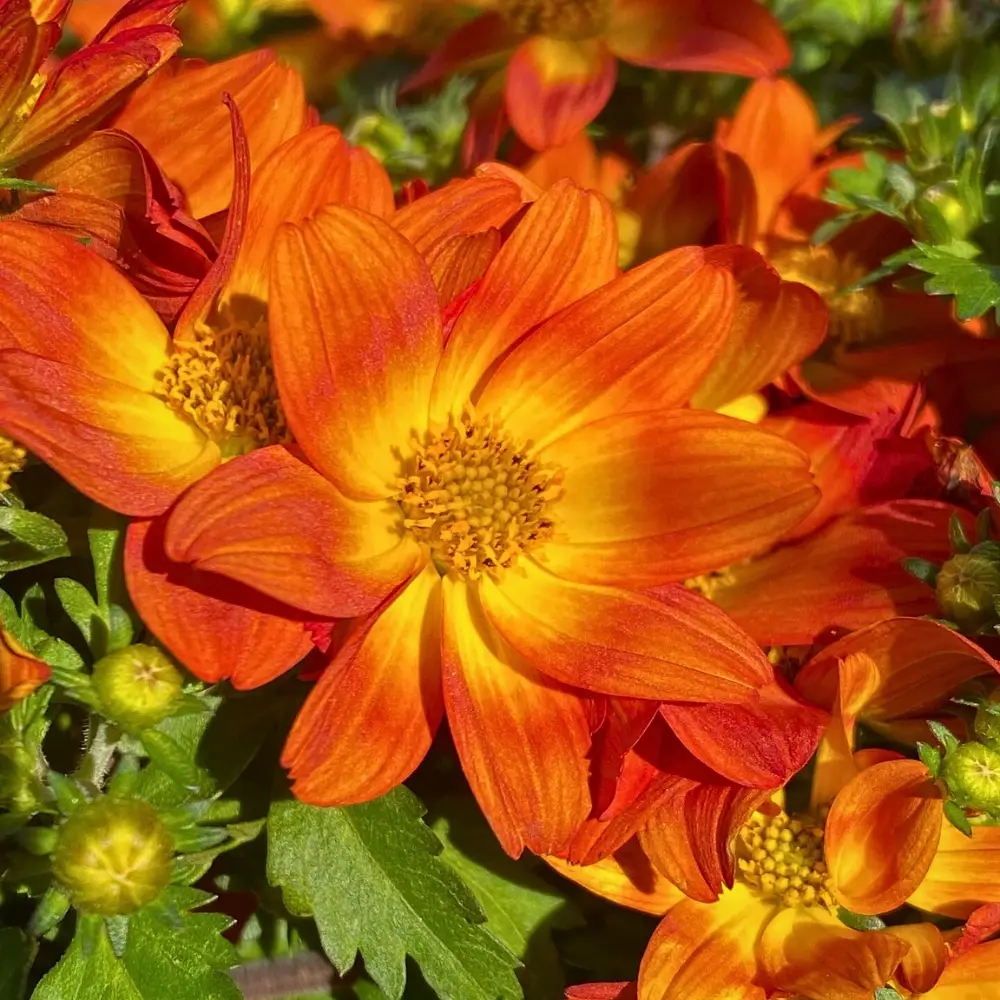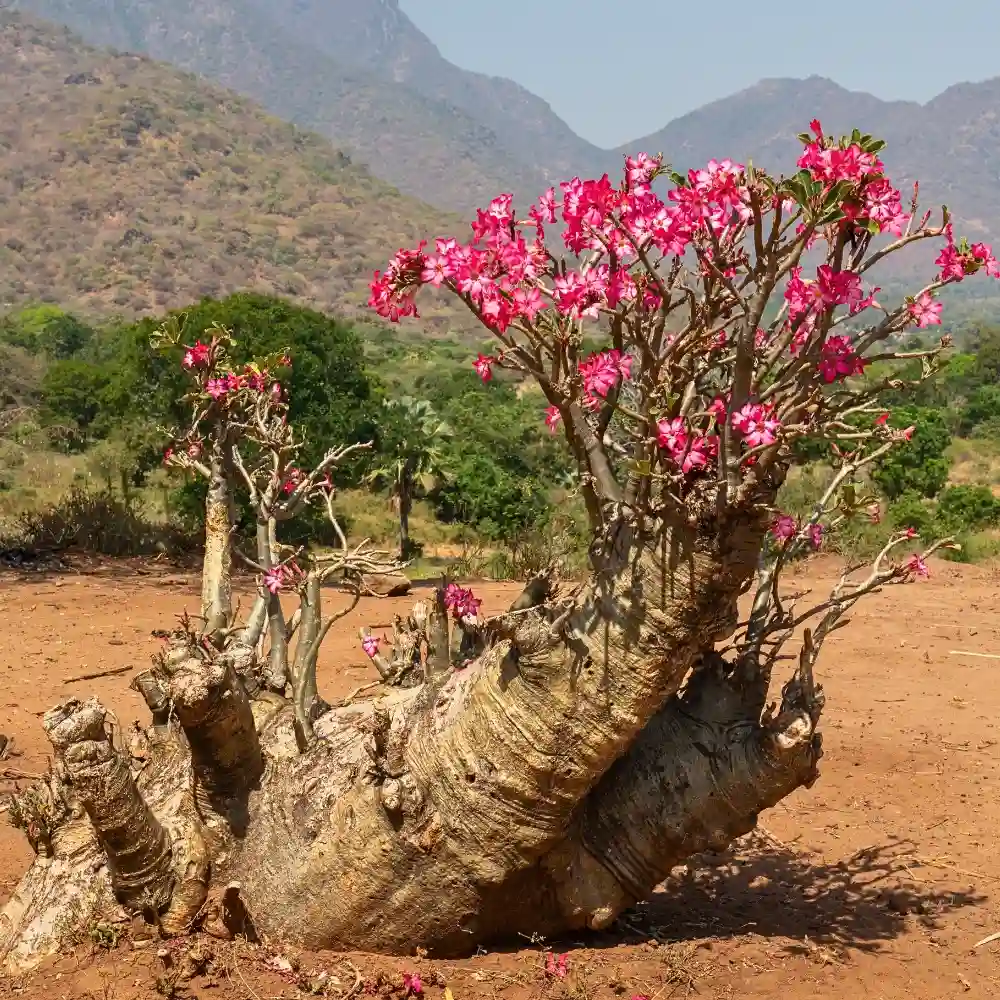Gardening can be a rewarding hobby, but not everyone has the time or resources to maintain a high-maintenance garden. Enter self-pollinating flowers—plants that don't rely on external pollinators like bees or butterflies to reproduce. These botanical soloists are perfect for those seeking a low-maintenance yet bright garden. Check these six self-pollinating flowers, which, by the way, are also low maintenance. The perfect combo!
Self-Pollinating Flowers - Solo Performers for Effortless Gardening
In case you didn't know, self-pollinating flowers possess both male and female reproductive structures, allowing them to fertilize themselves without external assistance. This means they can produce seeds and blooms independently, making them ideal for gardeners looking for simplicity and reliability.
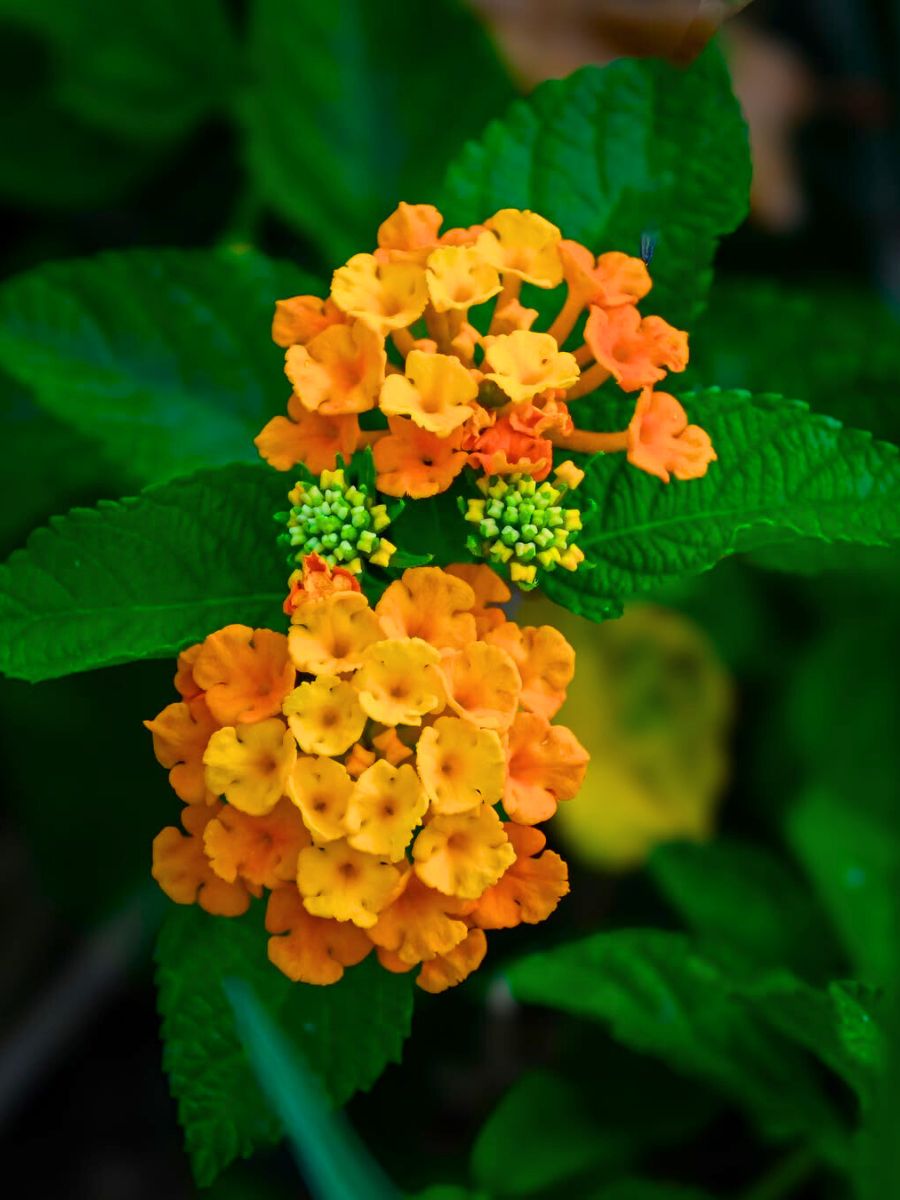
But the appeal of self-pollinating flowers isn't just convenience—they bring structure, color, and charm to gardens of all sizes while asking for very little in return. Whether you’re working with containers on a balcony or a full backyard, they’ll show up season after season, ready to perform.
Meet the Self-Pollinating Flowers That Do the Work for You
Gardening doesn’t always have to be labor-intensive or depend on perfect timing and pollinator visits. Some plants are built to thrive on their own terms. Self-pollinating flowers are a great example of this—they have everything they need within a single bloom to reproduce successfully. That means fewer moving parts for you to manage, and more time spent simply enjoying your garden. These flowers are dependable, rewarding, and perfect for gardeners who want beauty without the guesswork. Below are some of the best varieties to get you started.
Marigolds (Tagetes Spp.)
Marigolds are known for their bright yellow and orange petals and earthy fragrance. They self-pollinate easily and are a great addition to garden beds or containers. What makes them even more attractive is their natural ability to repel pests like aphids and nematodes. They grow quickly and can tolerate tough conditions, including full sun and dry soil. With minimal effort, they’ll bloom from early summer into fall.
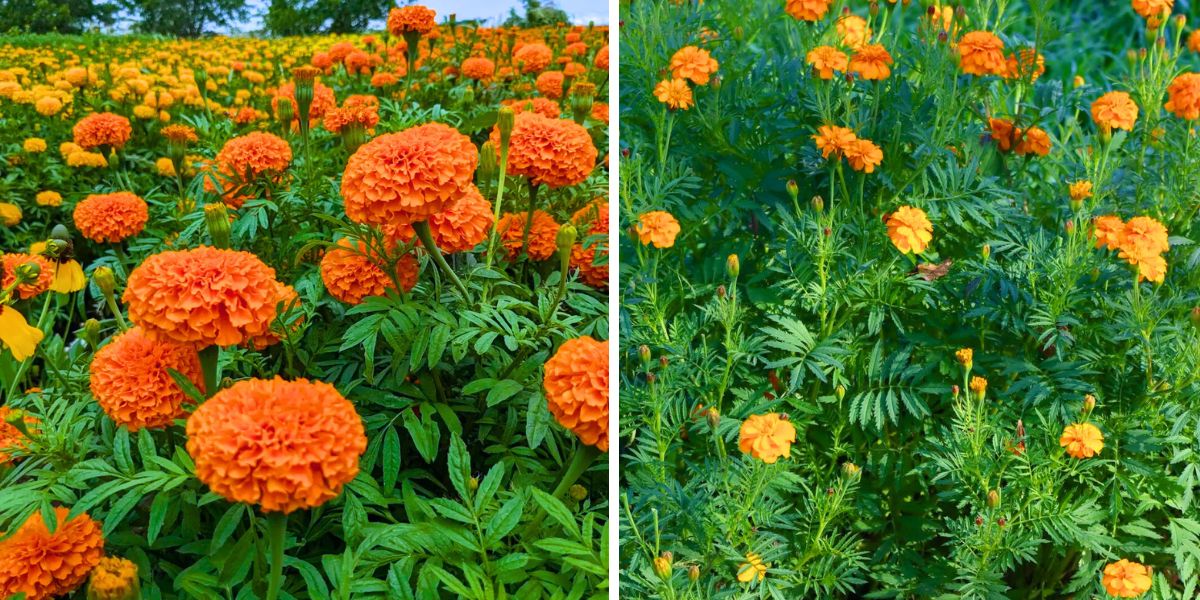
Nasturtiums (Tropaeolum Spp.)
Nasturtiums are lively, easygoing plants with edible flowers and leaves. Their rounded leaves and bright red, orange, or yellow petals bring a cheerful, informal feel to any garden. These flowers don’t ask for much—just a bit of sunlight and space to spread. They grow well in containers or garden beds and can even cascade beautifully from hanging baskets. While their flowers self-pollinate, they also act as trap crops, drawing aphids away from your vegetables.

Sunflowers (Helianthus)
Some varieties of sunflowers are self-pollinating, meaning they can grow and produce seeds all on their own. These tall, bright yellow flowering plants add structure to any garden. Even a single sunflower can bring presence and character. Plant them in a sunny spot, give them regular water, and you’ll be rewarded with golden heads that follow the sun and produce seeds you can harvest or leave for the birds.
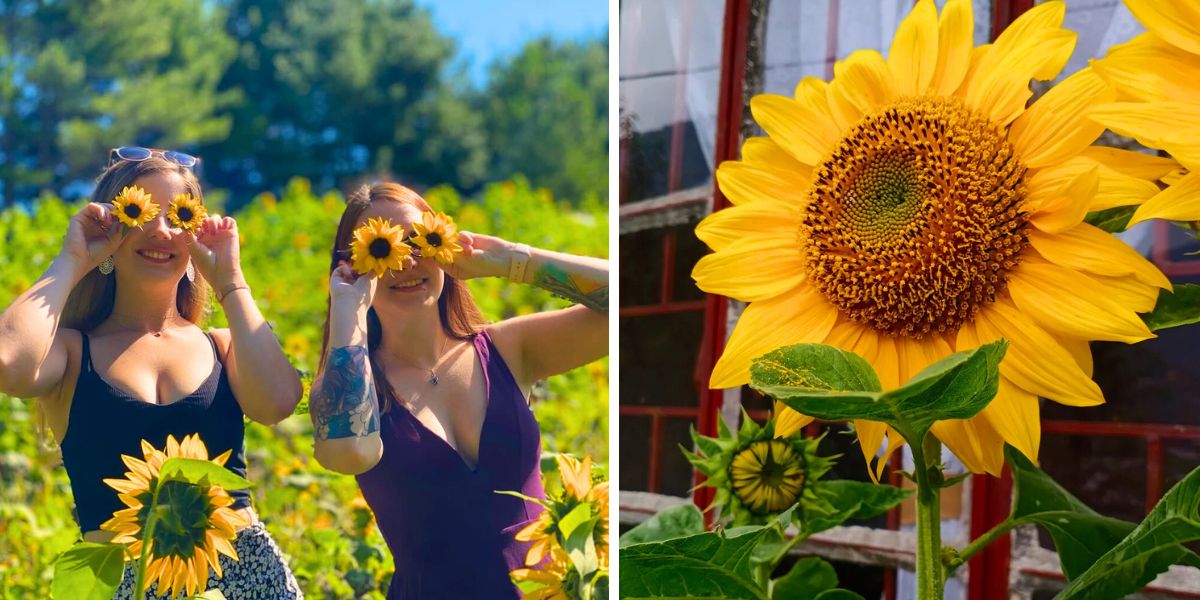
Zinnias (Zinnia Spp.)
Zinnias are one of the easiest flowers to grow, and they’re great for cutting gardens. These colorful flowers—ranging from pink to red to purple—are usually self-pollinating and love warm, sunny conditions. They handle drought well and don’t require fancy soil or fertilizer. As a bonus, zinnias will keep blooming through the summer if you deadhead the spent flowers. Their upright stems and shapes make them excellent statement plants in any setting.

Daffodils (Narcissus Spp.)
Daffodils are among the earliest signs of spring, pushing up from the cold soil with their golden or white trumpets. These bulbous plants can reproduce without pollinators, and many varieties will return year after year if left undisturbed. They do well in partial sun or full sun and are one of the few flowering plants that deer usually leave alone. Plant them once, and they’ll naturalize over time, quietly multiplying underground.

Lantana (Lantana Camara)
Lantana produces small clustered flowers in multiple colors—orange, pink, yellow, red—that change color tones as they age. It thrives in hot, sunny climates and doesn’t mind poor soil. Lantana is drought-tolerant once established and typically self-pollinates, making it a reliable choice for borders, slopes, or containers. Just be mindful that in some regions, it’s considered invasive, so check local guidelines before planting.
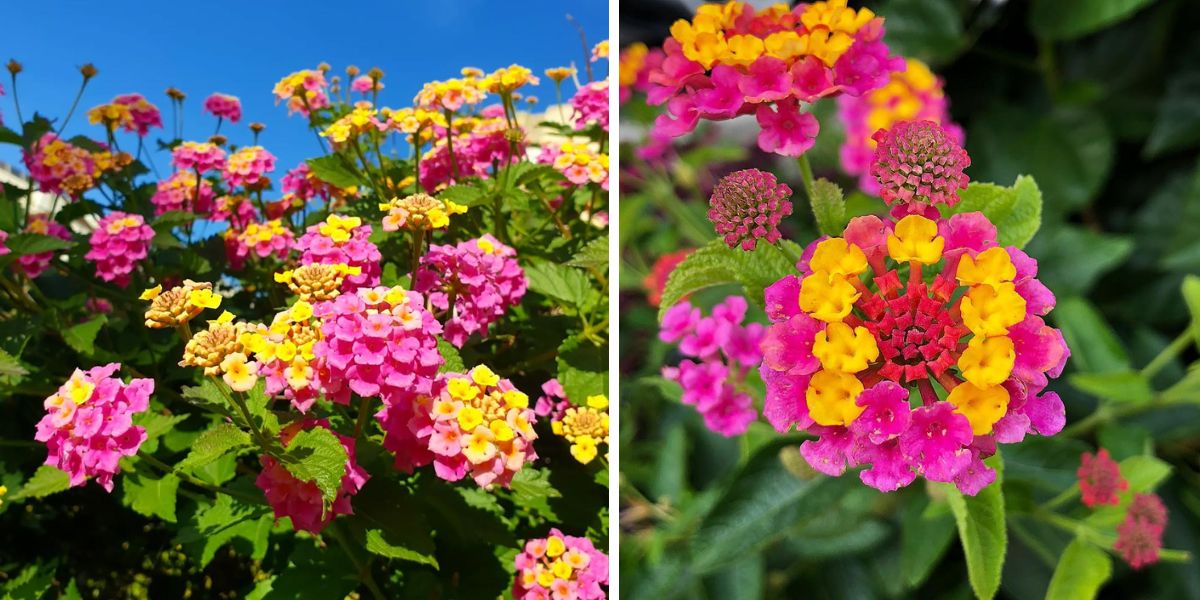
Why Choose Self-Pollinating Flowers?
Self-pollinating flowers are ideal for anyone who wants the joy of gardening without the unpredictability. Unlike plants that rely on external pollinators, these species are self-sufficient. Here’s why they’re worth your attention:
Low-Maintenance by Nature
Once planted, self-pollinating flowers tend to look after themselves. Because they don’t require cross-pollination, you don’t need to worry about having multiple plants of the same type nearby. They’ll produce flowers (and often seeds) without any fuss, making them perfect for beginner gardeners or those with little time to spare.
Reliable Flowers
Since these flowers don’t depend on bee visits or perfect weather for reproduction, they bloom more consistently. That reliability can help shape your garden with more predictability—and more satisfaction. It also means you’ll have longer-lasting displays of color even if pollinator activity is low in your area.
Great for Small or Indoor Spaces
If you’re gardening on a balcony, windowsill, or small patio, you probably don’t have a lot of room to attract bees or butterflies. Self-pollinating plants thrive in these compact spaces, needing only light, water, and basic care to thrive. No need to build a pollinator habitat—these flowers are fully equipped to go it alone.

